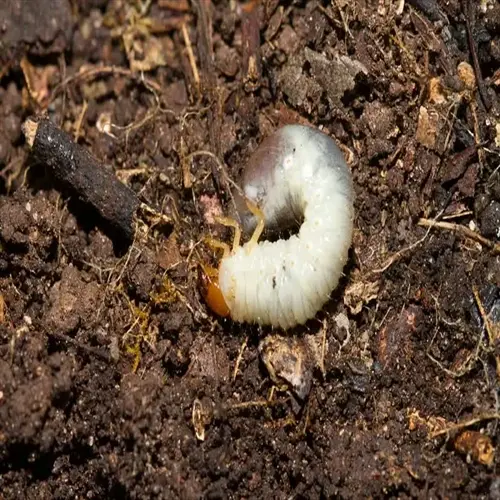Why prioritize prevention over eradication?

Written by
Olivia Mitchell
Reviewed by
Prof. Samuel Fitzgerald, Ph.D.Preventing alien species from establishing themselves provides dramatic benefits compared to attempting to eliminate invasions after they occur. Stopping aliens before they become established prevents irrevocable ecological damage. You also save considerable resources compared to combating established infestations. This way saves ecosystems by being proactive rather than reactive.
Cost Efficiency
- Prevention costs average $500 per potential invasion point
- Eradication averages $50,000 per acre for established infestations
- Early intervention saves 60-90% compared to delayed action
Ecological Protection
- Prevents irreversible biodiversity loss in sensitive habitats
- Avoids soil degradation from repeated control treatments
- Preserves native species interactions and food webs
Infrastructure protection makes prevention economically important. Invasive species cause approximately $138 billion in annual damage to U.S. infrastructure. You avoid the costs of repairing roads and systems, maintaining water systems, and clearing power lines. Preventing invasions protects community resources and tax dollars, resulting in increased efficiency.
Eradication entails long-lasting management burdens. Sites require monitoring for 5-10 years after removal. Budgeting includes recurrent treatment costs if a site grows back. Prevention avoids those longstanding costs. My prevention plans will free up both funds and staff time for other conservation priorities.
Regulations are increasingly requiring prevention-first approaches. For example, both the EU IAS Regulation and federal/provincial laws require risk assessments to be conducted before importing. You are also required to consider pathway management plans. Legal instruments essentially stipulate that prevention is the accepted normative approach for responsible land management.
Read the full article: Invasive Species Control: Ultimate Management Guide

